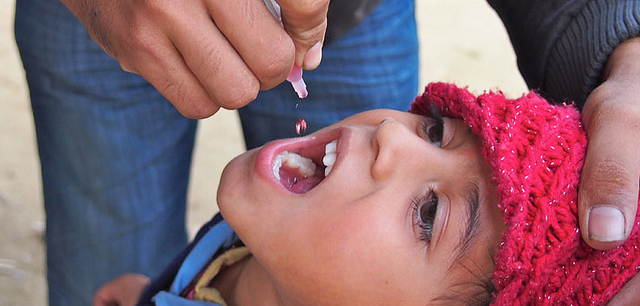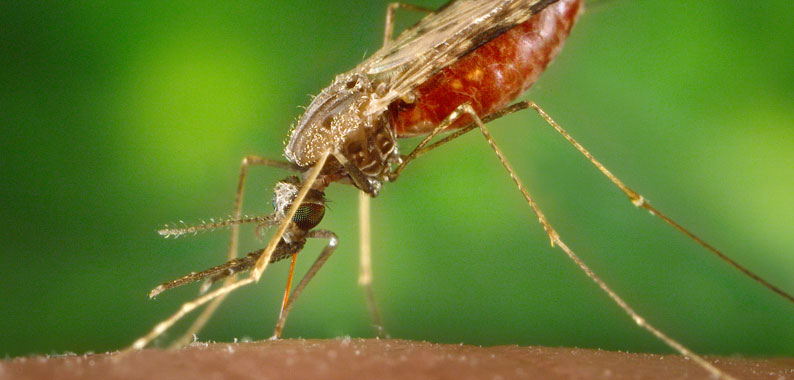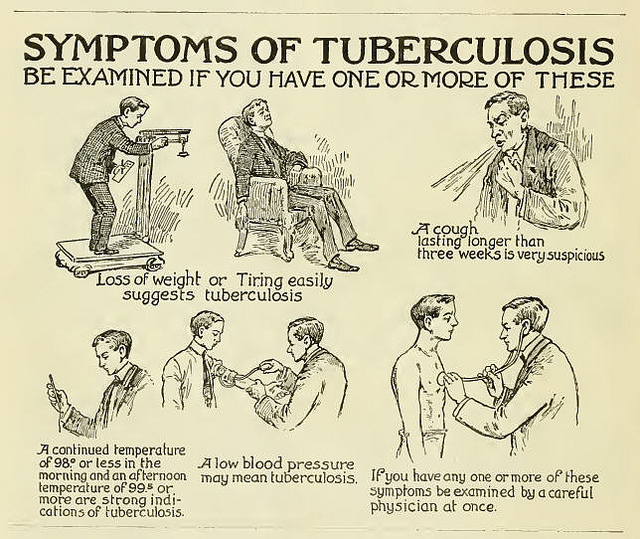When it comes to health concerns, U.S. citizens no longer have to deal with some of the infectious diseases that plagued the country centuries ago. The rest of the world has also made progress in eradicating them. However, changing conditions, including environmental, economic, and political, have led to the resurgence of some viruses, parasites, and bacteria we thought we wouldn't have to worry about again. They’re even popping up in popular destinations in Europe and South America. But don't panic. We rounded up the facts you need to know to prepare yourself and still have a fantastic (and safe) trip.
1. Cholera
Photo courtesy of Flickr/CDC Global
Haiti hadn’t had a cholera outbreak in 100 years, but in 2010, an earthquake rocked the Caribbean nation and the illness, which is caused by feces-contaminated water, took hold along the Meille River. The virus has now impacted 800,000 people and killed an estimated 100,000. In 2016, the U.N acknowledged that the disease was likely introduced by relief workers who had just returned from a mission in Nepal. Cholera has also surfaced among travelers. From 2001 through 2013, 123 cases of cholera in the United States were acquired abroad, mostly from Haiti. Cholera has also appeared in Africa, Asia, and Latin America.
A cholera vaccine is not yet available in the U.S. When traveling to infected countries, prevention is the best cure. Drink only bottled water and wash your hands frequently. Avoid raw meats and unpeeled fruits and vegetables as well as raw and uncooked shellfish, which have been known to spread the virus. The CDC estimates three to five million cases of cholera around the world and over 100,000 deaths occur each year. Symptoms can be severe and include diarrhea, vomiting, and cramping. If you experience these after traveling to an infected area, be sure to seek medical treatment.
2. Polio
Photo courtesy of Flickr/CDC Global
At its height, polio paralyzed more than 35,000 people in the U.S. each year. Thanks to the vaccine invented by Jonas Salk, the virus now only exists in a handful of countries. But in September 2015, an outbreak of the virus resurfaced in southwest Ukraine, leaving two children paralyzed. These cases were blamed on a mutated polio virus. Health authorities are now urgently working to vaccinate at least two million children under age five. “[T]he risk of further spread of this strain within the country is deemed to be high,” the World Health Organization (WHO) said in a statement. Outbreaks have also occurred in other places like Madagascar, Nigeria, and more.
If you live in the U.S., you likely already have full protection against polio. Children usually receive four doses of the polio vaccine before they are six years old. Adults can also receive the vaccine, if necessary. Check with your doctor to make sure your vaccines are up to date before traveling. Polio is spread by contact with the feces of an infected person, so while abroad, practice good hygiene. Wash hands frequently and eat safe foods. And seek medical help if you experience symptoms such as fever, headache, or nausea.
3. Malaria
Photo courtesy of Flickr/CDC Global
Malaria is caused by the Plasmodium parasite and transmitted by the female Anopheles mosquito. The WHO intends to eliminate it from 35 countries by 2030 and is on track to meet its goal. Since 2000, overall mortality rates have dropped 60 percent. However, malaria still claims more than 400,000 lives each year, and some countries, such as Rwanda, have experienced an uptick. Venezuela, which once led the world in eradicating the disease, has also seen a resurgence after its economic collapse. In the first half of 2016, the country saw 125,000 cases of malaria, rising 72 percent.
Prevention remains the best way to combat malaria. Although the WHO, with help from the Gates Foundation, is evaluating over 20 vaccines, none are commercially available yet. For now, methods include sleeping under insecticide-treated mosquito nets, wearing long-sleeves, and staying inside at dawn or dusk when the mosquitoes are most active. Use high-quality insect repellent with 30 percent DEET. In some cases, medication may be useful. Utilize the CDC’s risk assessment tool to determine which medications are most effective based on where you’re traveling.
At first, malaria feels like the flu. Fever and chills can appear seven days after exposure. If you experience a fever within three months of traveling to an infected area, see a doctor to get treated immediately.
4. Tuberculosis
Photo courtesy of Flickr/Government & Heritage Library, State Library of NC
Tuberculosis, a disease that mainly infects the lungs, once struck terror, killing one-seventh of the people worldwide. Antibiotics have dramatically reduced its reach, and in the 1990s, the National Institutes of Health expressed hope that it could be eradicated by 2025. However, social factors like poverty and immigration mean it still kills at least two million people each year, particularly in sub-saharan Africa and the Indian subcontinent. It has also made inroads into the United Kingdom and Eastern Europe. The WHO estimates over two billion exposures worldwide.
Tuberculosis spreads by exposure to an infected person’s coughing or sneezing. Spending a lot of time in dusty, dark, and poorly-ventilated areas also raises your risk. Symptoms include a cough that lingers for three weeks or longer, fever, fatigue, and weight loss. Treatment for tuberculosis requires taking antibiotics for six to 12 months. The good news for travelers is that you have to have close, sustained contact with tuberculosis patients over a number of weeks in order to become infected. If you think you’ve been exposed to someone with tuberculosis, see a doctor as soon as possible.
5. Syphilis
Although syphilis, a sexually transmitted disease, was largely eradicated in the 1940s with penicillin, it has experienced a resurgence within the past decade. China and Russia have both seen increases in addition to the Czech Republic, Spain, Sweden, Denmark, Ireland, and the United Kingdom. Some countries reported increases of as much as 30 percent between 2009 and 2010. Syphilis, which can cause severe organ damage if left untreated, is transmitted through sexual contact with an infected person. Many patients experience no symptoms while others exhibit lesions, a rash, or allergies. The good news is that syphilis is curable if treated early with antibiotics, so see your doctor immediately if you think you may have been exposed.
Related Stories:
- Untreatable Diseases You Can Easily Pick Up While Traveling (And How To Avoid Them)
- The 5 Most Common Travel Diseases That Can Be Fatal (And What to Do If You Bring One Home)
- Don’t Do As the Locals Do: 5 Traditions That Are Super Dangerous
All products are independently selected by our writers and editors. If you buy something through our links, Oyster may earn an affiliate commission.



